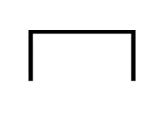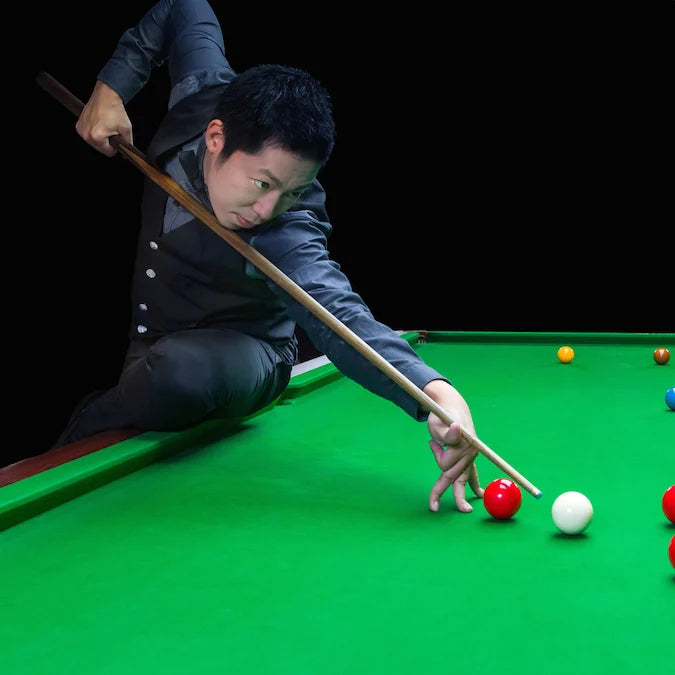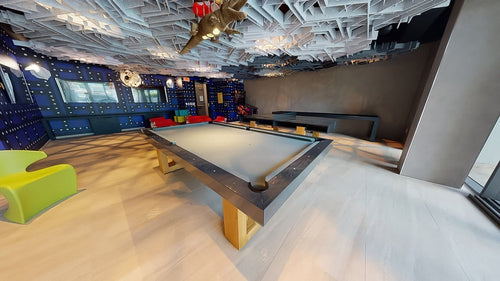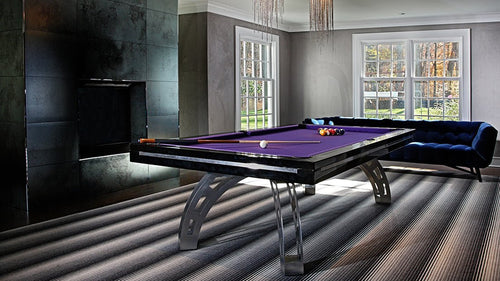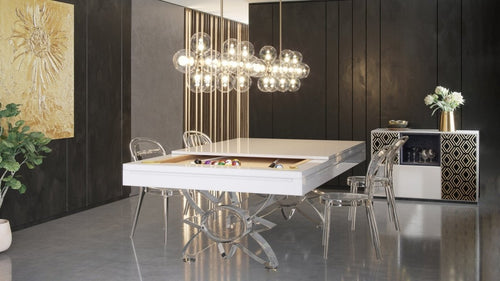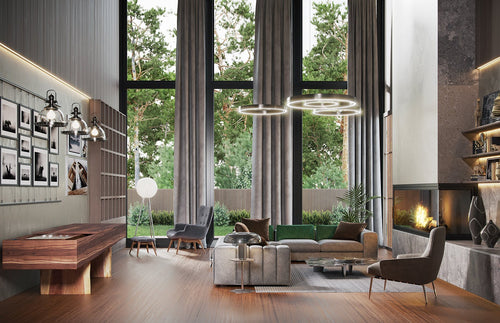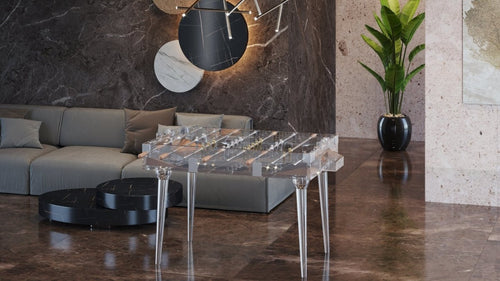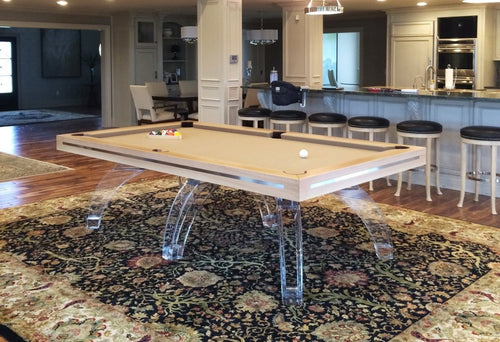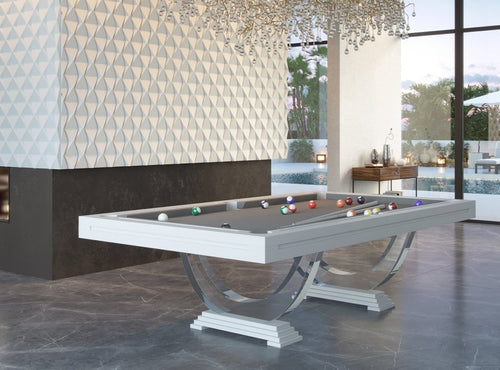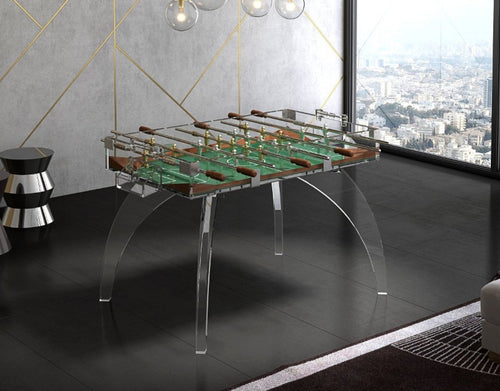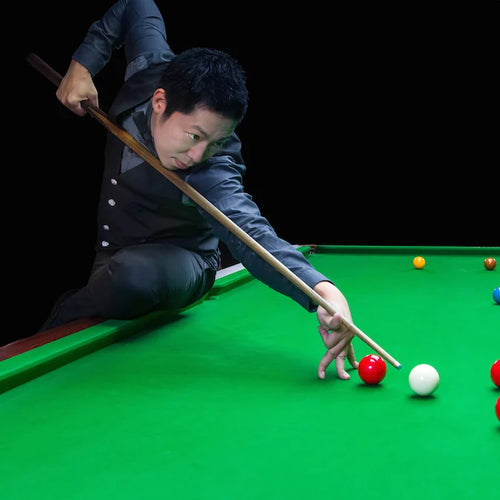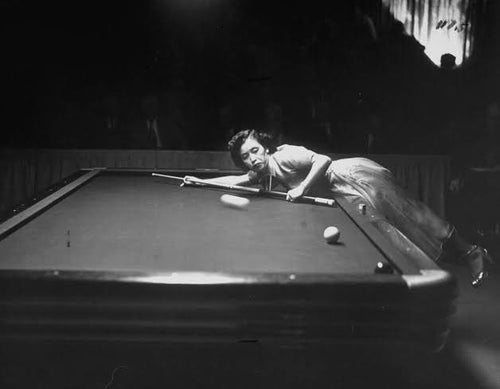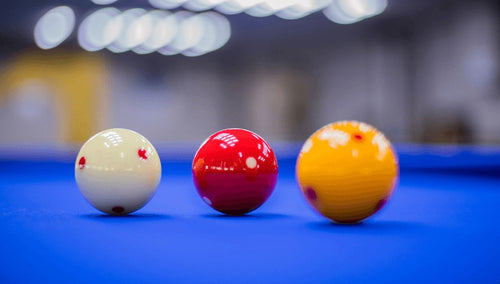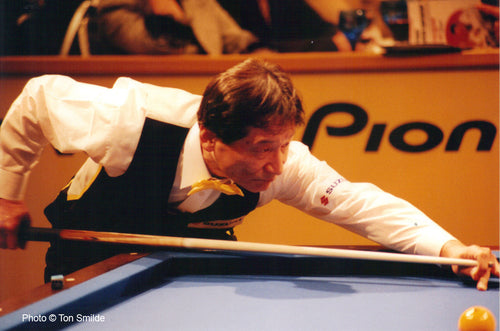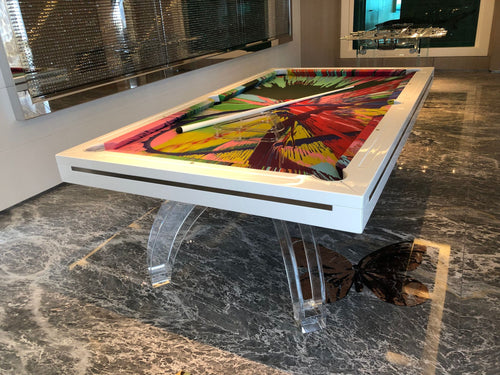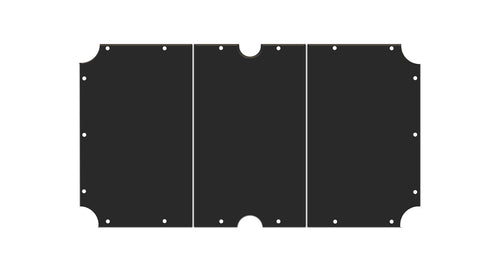Enjoy our modern designs
When diving into the world of billiards, one of the most essential pieces of equipment you’ll need is a pool cue. The right cue can significantly enhance your gameplay, improve accuracy, and offer a better overall experience. This comprehensive guide will help you understand the different types of pool cues, the importance of weight, and tips on selecting the right one for your needs.
Understanding the Types of Pool Cues




Choosing the Right Weight
The weight of a pool cue plays a pivotal role in how the game is played. Pool cues typically range from 17 to 21 ounces. The choice of weight depends largely on personal preference and playing style:
Lighter Cues (17-18.5 ounces): These are generally preferred by players who want a faster, more agile response. They are easier to maneuver, which can be beneficial for complex spin shots.
Heavier Cues (19.5-21 ounces): These cues provide more power and are often chosen by players who focus on breaking or who prefer a steady, more controlled shot.
Length Matters
Standard pool cues are about 58 inches long, suitable for most adults. However, if you are particularly tall or short, you might consider a custom length for comfort and optimal performance.
Materials and Construction
The material of the cue affects its flexibility, weight, and durability:
Maple: The most common wood used for cues, maple is durable and has a consistent hit.
Ash: Popular in Europe, ash is flexible and provides a different feel, which might suit players used to snooker cues.
Graphite and Fiberglass: These materials offer high durability and are less affected by environmental changes such as humidity and temperature.
Exotic Woods and Inlays: Higher-end cues may include materials like ebony or cocobolo with intricate inlays for aesthetics and added value.

Tips and Ferrules
The tip of the cue is critical as it is the only part that contacts the ball. Tips vary in hardness:
Soft Tips: Absorb more impact, offering better control for spin on the cue ball but wear down more quickly.
Medium Tips: Provide a balance between control and durability, suitable for most players.
Hard Tips: Offer the greatest durability and are ideal for breaking or if you play frequently.

The ferrule, the small piece that connects the tip to the shaft, is typically made from materials like phenolic resin or plastic and can affect the hit and feel of the cue.

Wrap it Up
The wrap of the cue provides grip and comfort. Options include:
Irish Linen: Popular and offers a good grip.
Leather: Provides a premium feel and absorbs moisture.
Rubber or Silicone: Offers a comfortable, easy-to-clean surface.
Selecting Your Cue
When choosing your pool cue, consider your level of play and the typical games you play, along with personal preference in weight and balance. It's beneficial to try out different cues to find what best suits your style. Many players maintain multiple cues; a heavier break cue for powerful opening shots and a lighter playing cue for precision and control during the game. This tailored approach enhances performance by allowing players to use equipment specifically designed for various shots.
Investing in the right cues can significantly impact your gameplay, whether you're playing casually or with competitive aims. Each cue type brings unique benefits, helping to refine your skills across different aspects of billiards. Choosing wisely will enhance your playing style and enjoyment of the game, ensuring you have the best tools for each play situation.
